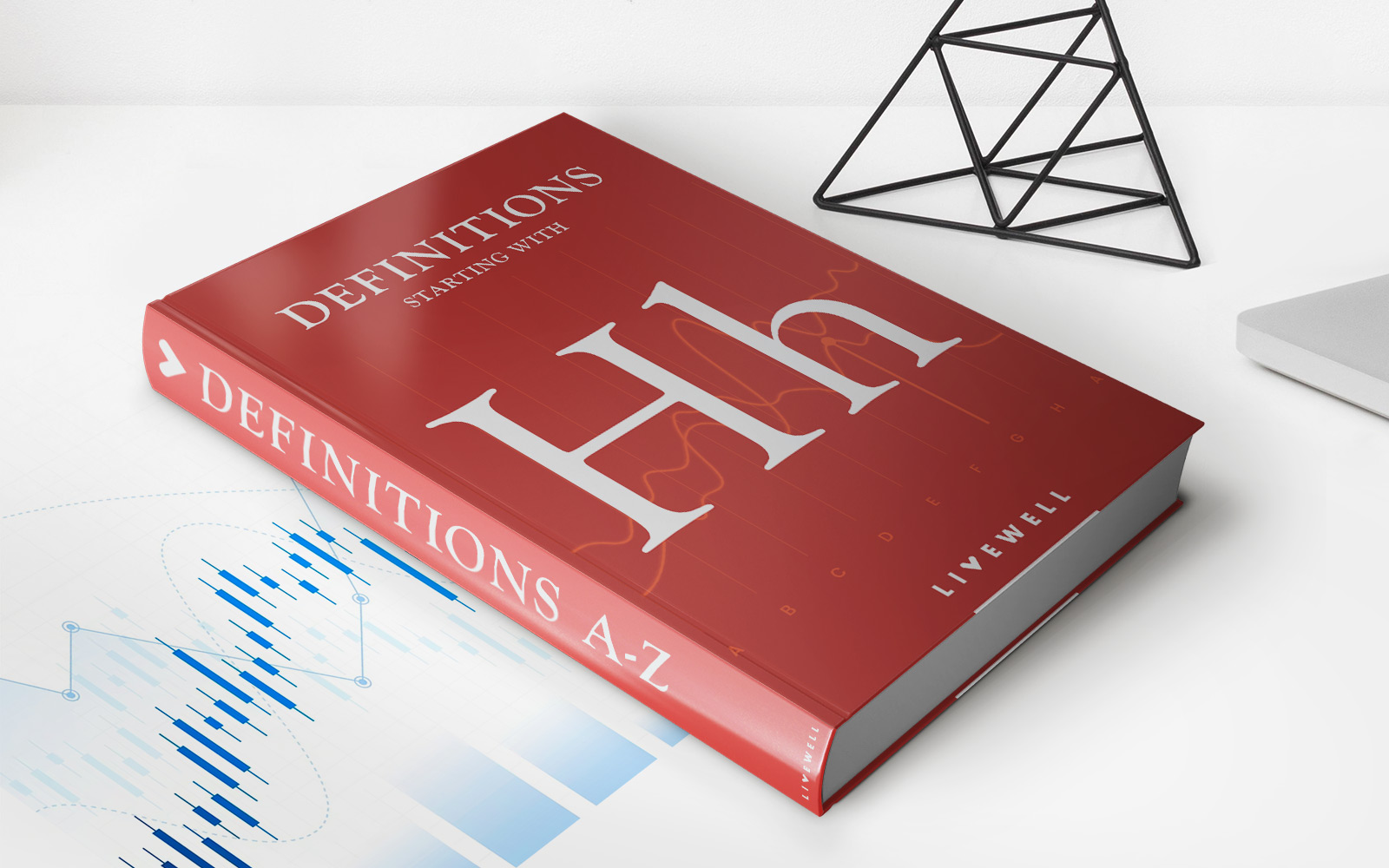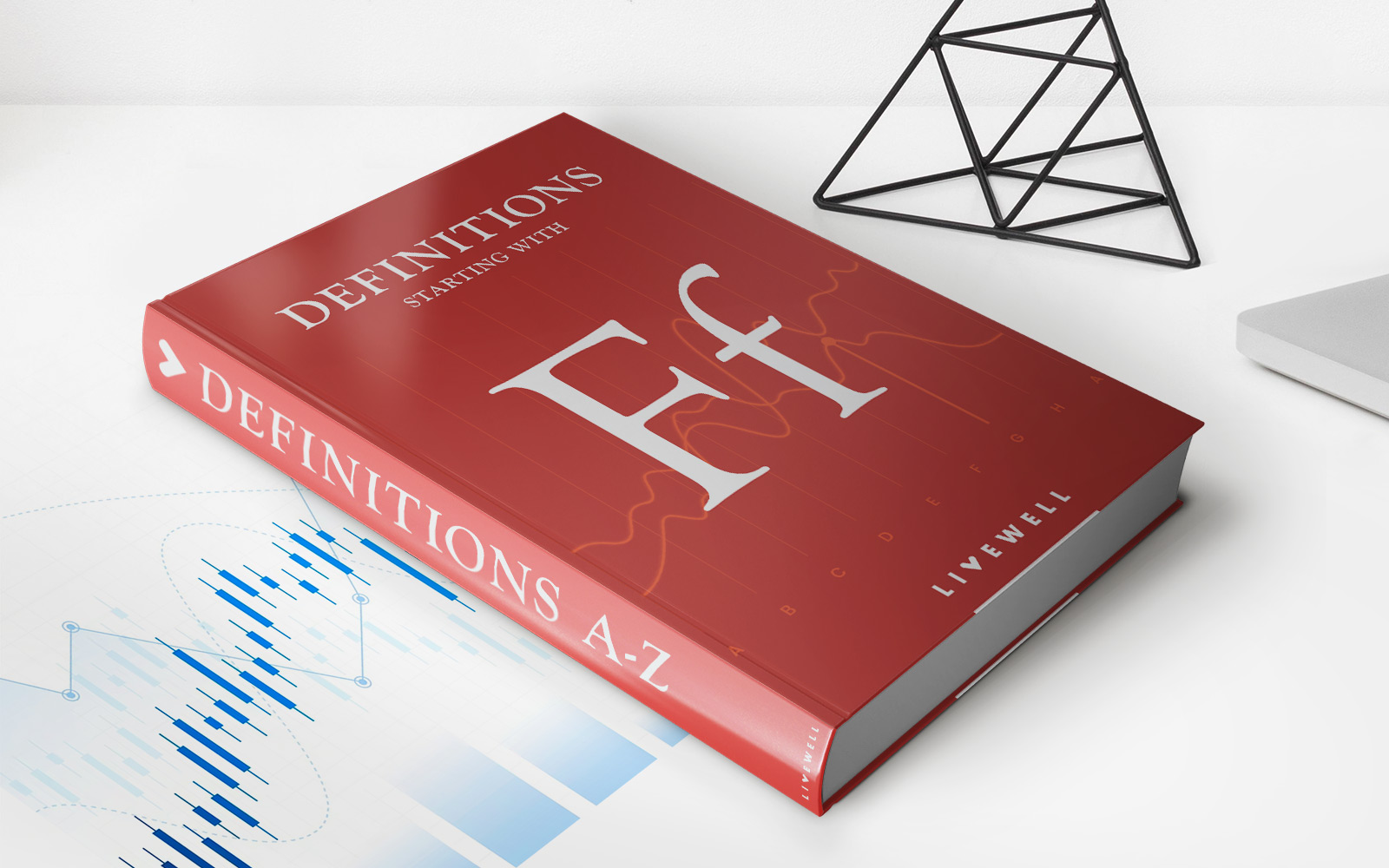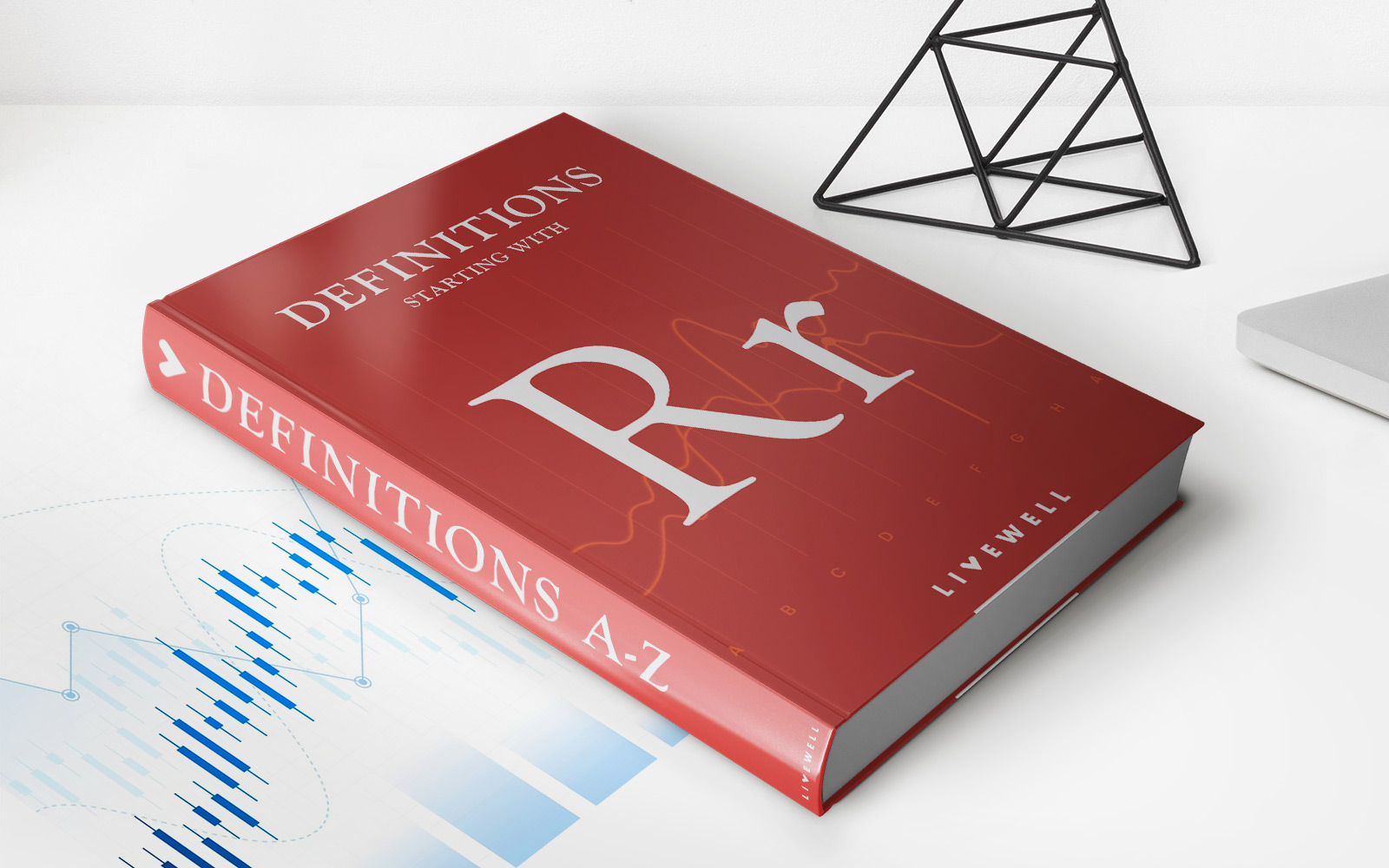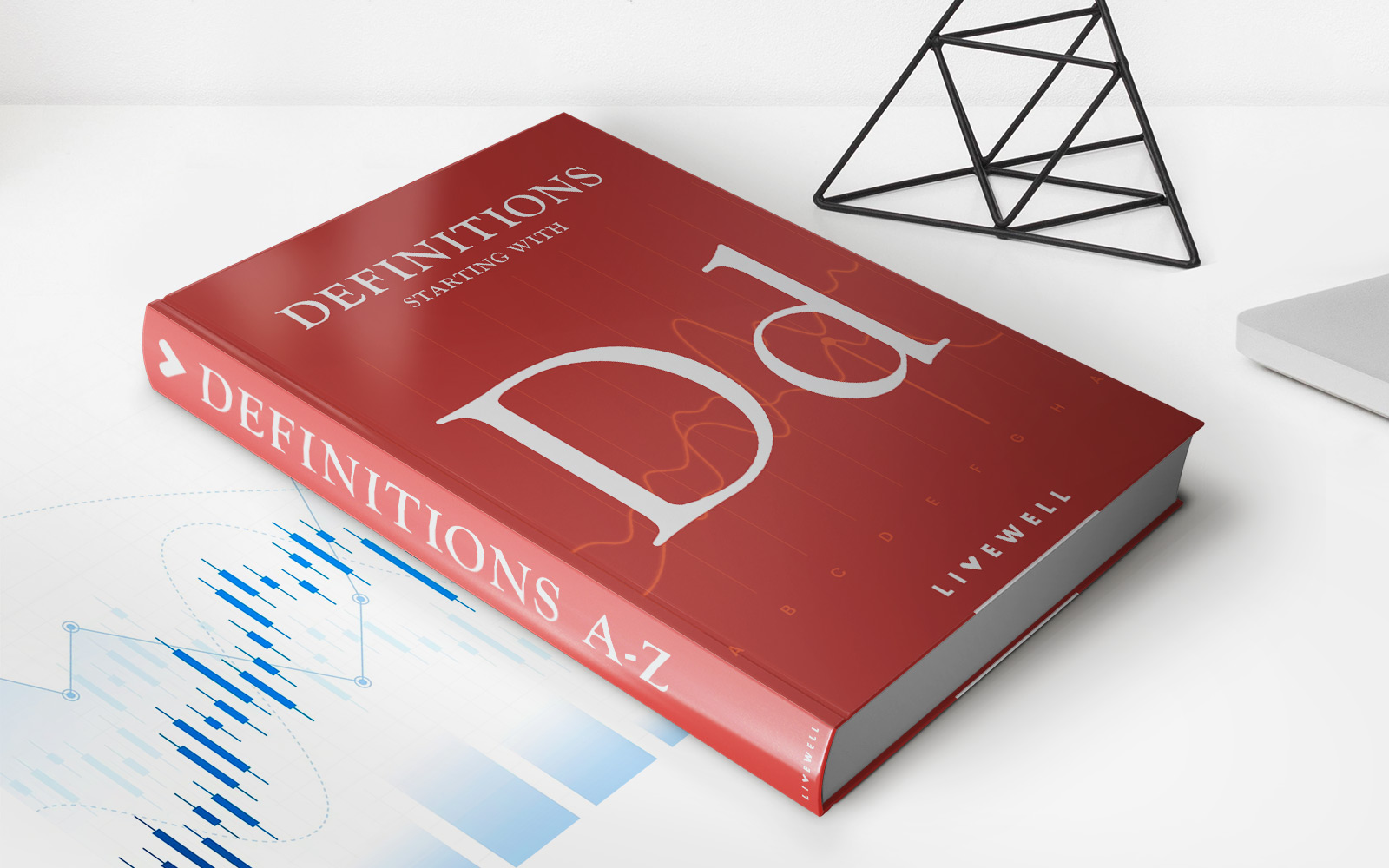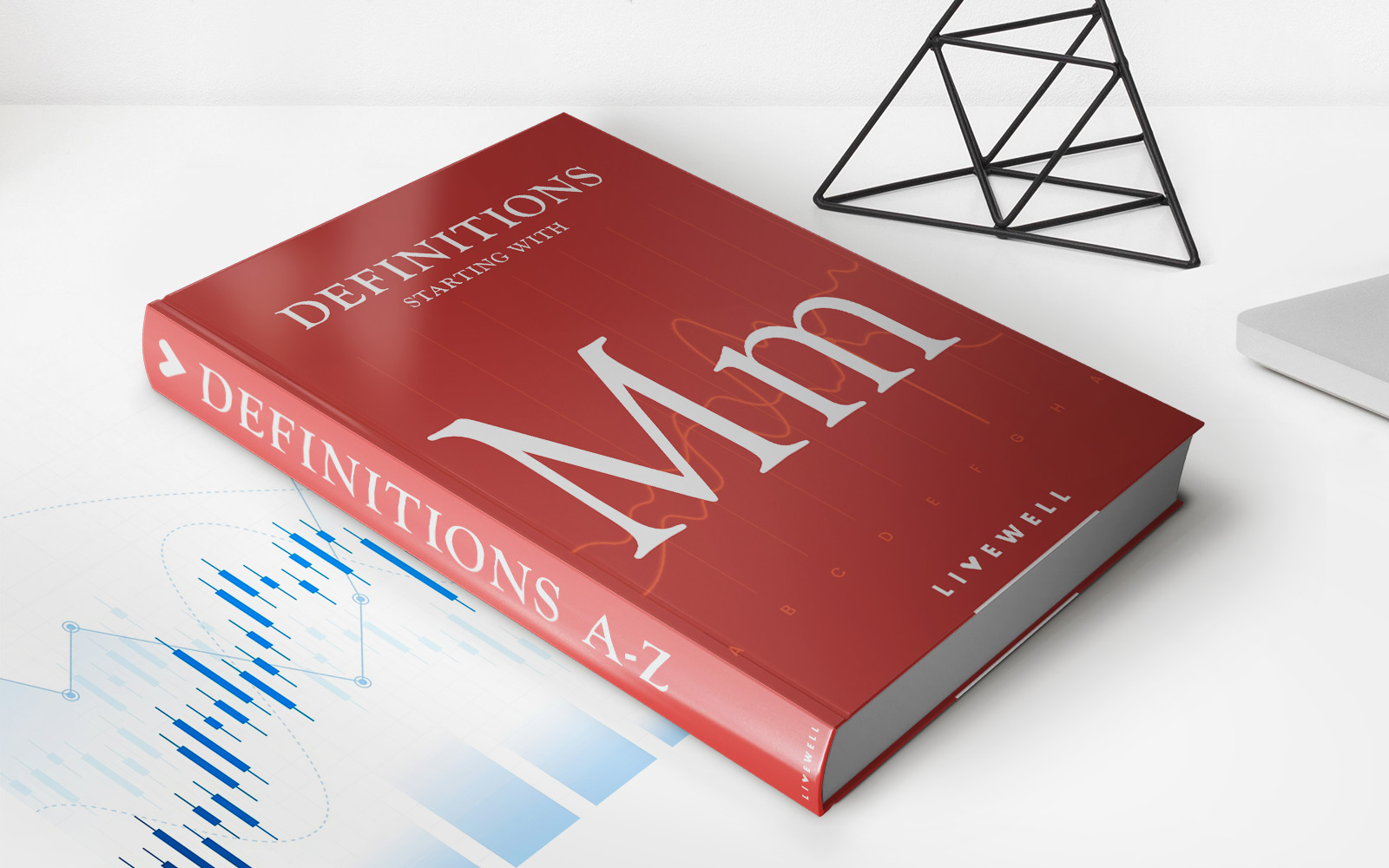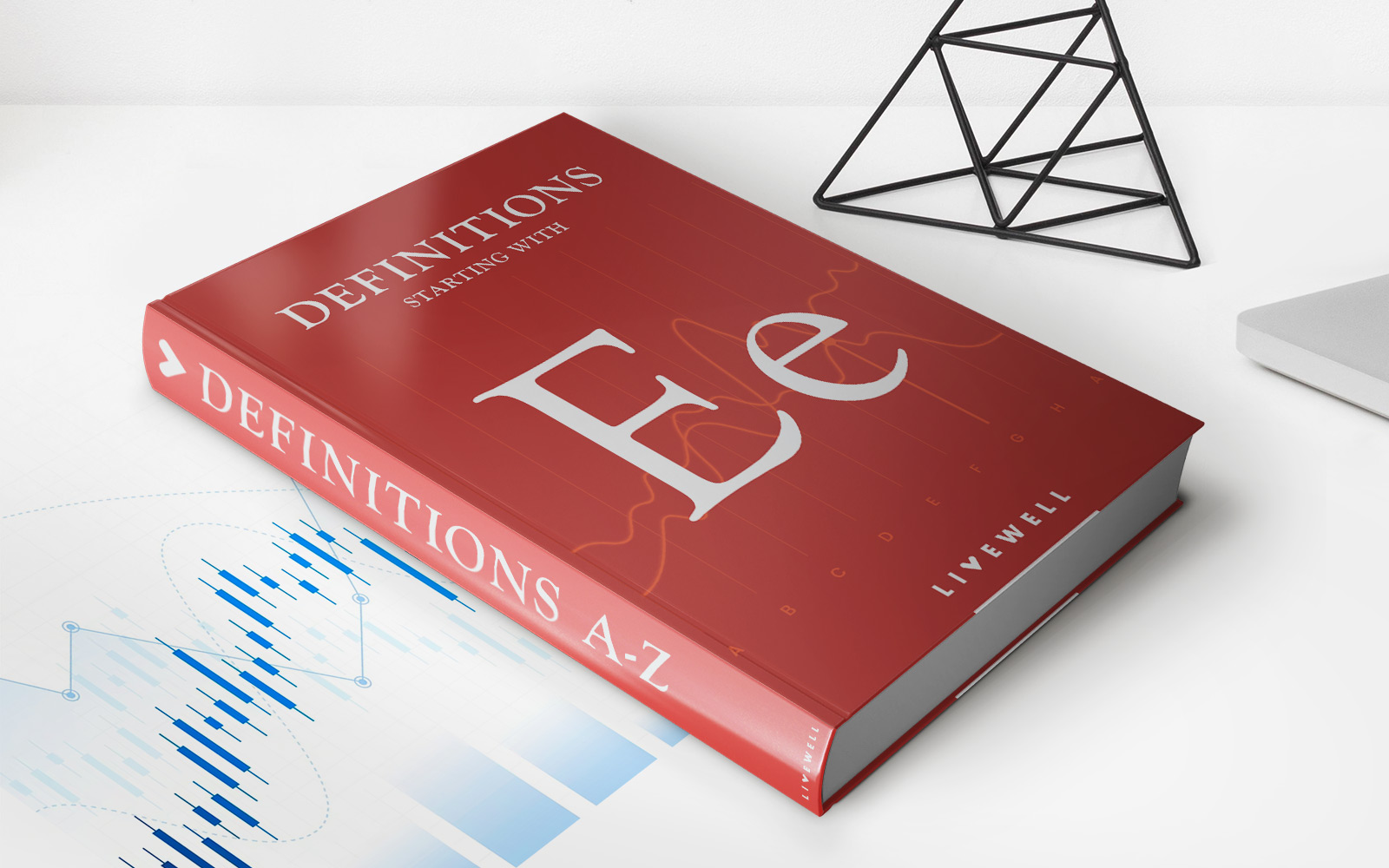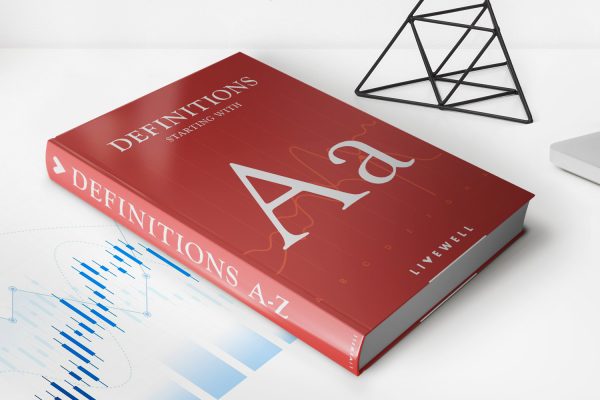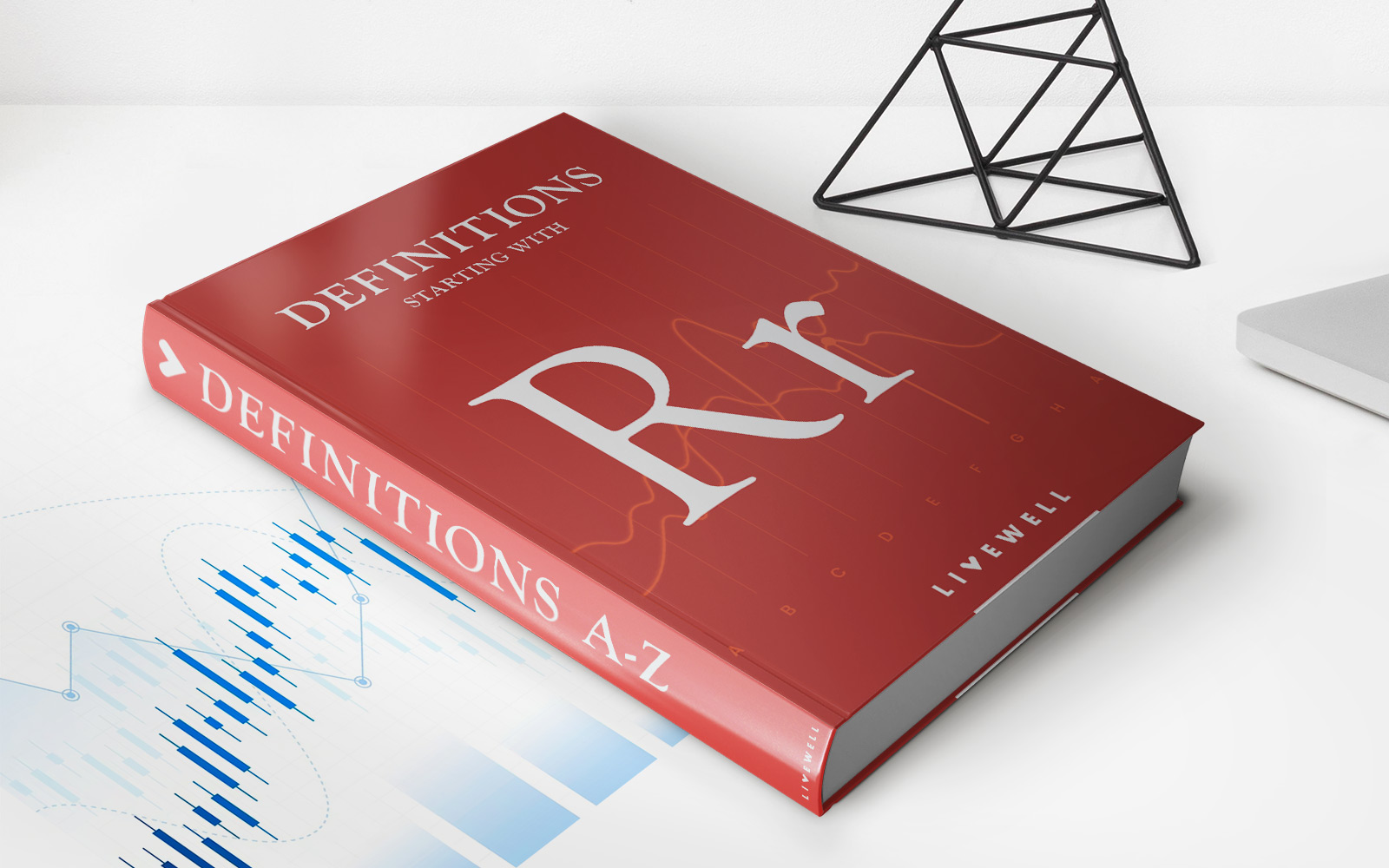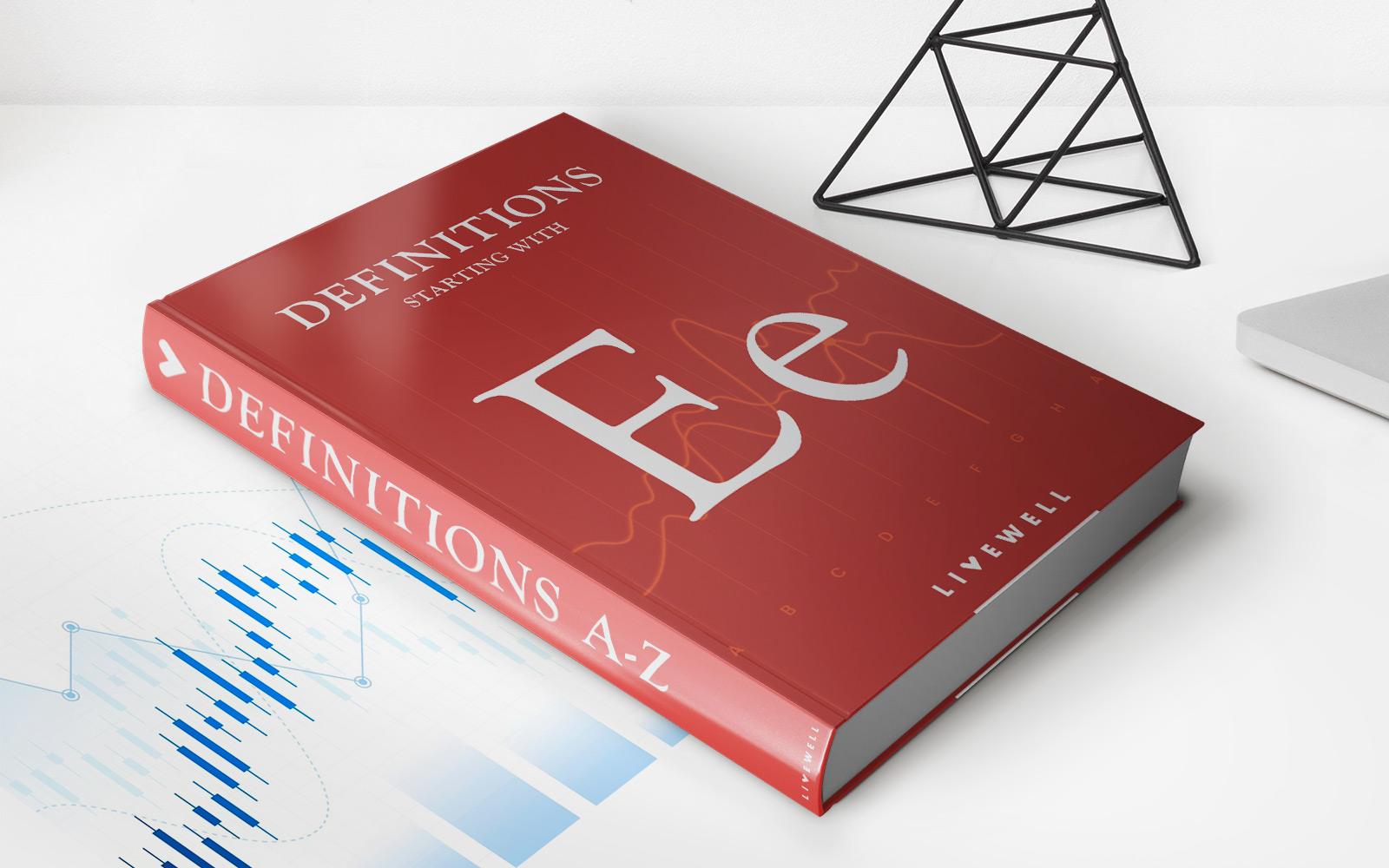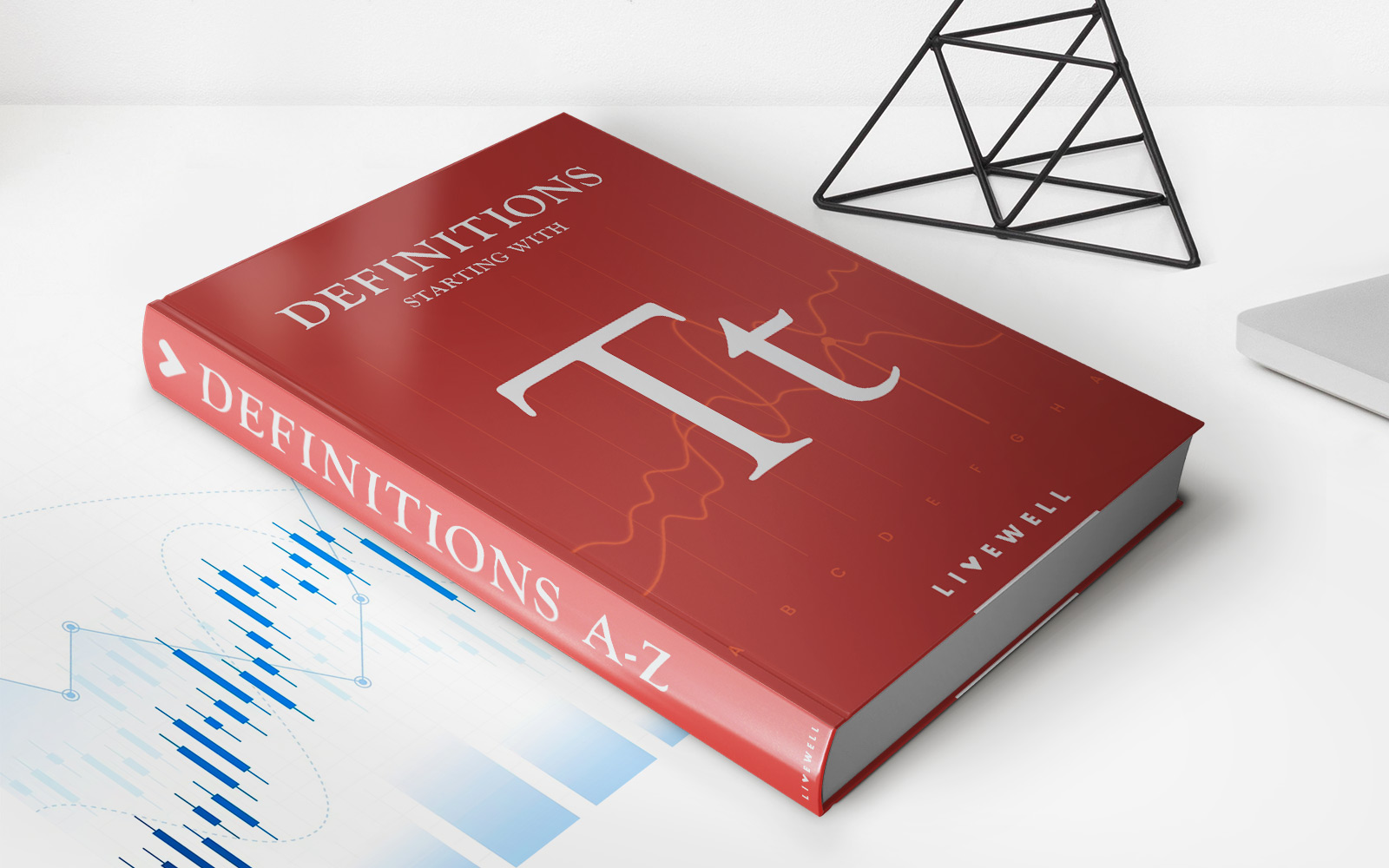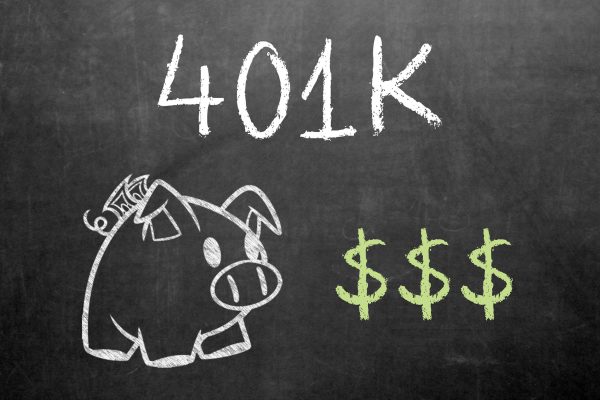Home>Finance>Stabilization Policy: Definition In Economics And Future
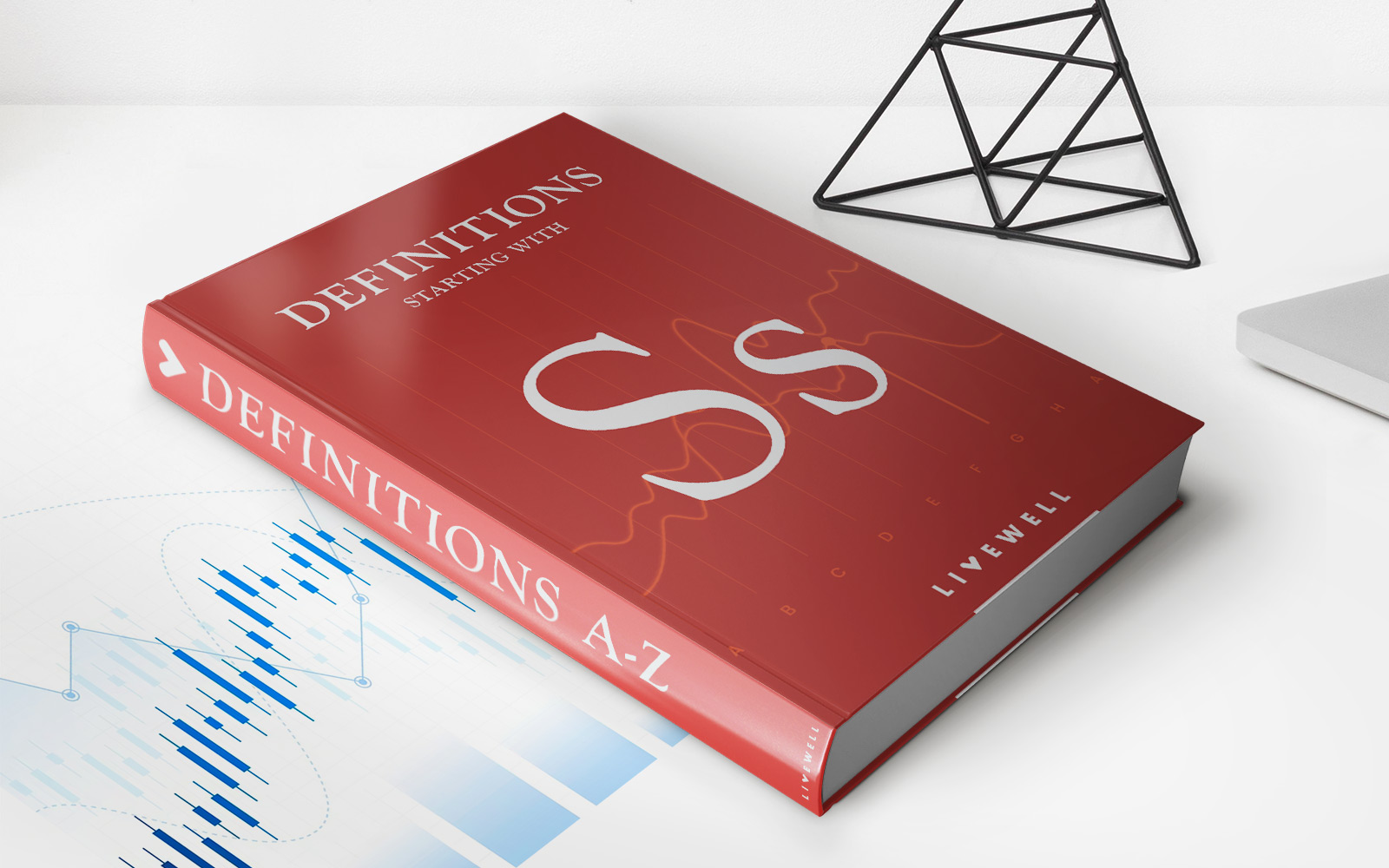

Finance
Stabilization Policy: Definition In Economics And Future
Published: February 1, 2024
Explore the meaning of stabilization policy in economics, its role in the finance industry, and potential future implications.
(Many of the links in this article redirect to a specific reviewed product. Your purchase of these products through affiliate links helps to generate commission for LiveWell, at no extra cost. Learn more)
Welcome to the world of finance!
Today, we are diving into the fascinating topic of stabilization policy in economics. Have you ever wondered how governments use policies to stabilize their economies during times of economic turmoil? Well, you’ve come to the right place! In this blog post, we will explore the definition of stabilization policy, its importance in economics, and what the future holds for this key economic tool.
Key Takeaways:
- Stabilization policy refers to government measures taken to stabilize an economy during periods of economic instability.
- It aims to achieve price stability, promote full employment, and ensure sustainable economic growth.
Defining Stabilization Policy
Stabilization policy in economics is the use of government interventions to maintain economic stability during times of economic downturns or recessions. It involves a set of measures designed to mitigate the negative impacts of economic fluctuations and create a more stable and predictable economic environment.
The primary objectives of stabilization policy are:
- Price stability: Governments strive to keep inflation rates under control, as persistent high inflation can erode the purchasing power of individuals and businesses. By implementing monetary and fiscal policies, governments can influence the supply of money and avoid abrupt price increases, ensuring stability in the general price level.
- Full employment: Another crucial goal of stabilization policy is to maximize employment opportunities in the economy. During periods of recession or high unemployment, governments can implement expansionary fiscal policies, such as increasing public spending or reducing taxes, to stimulate economic activity and create jobs.
- Economic growth: Stabilization policy also aims to foster sustainable economic growth. By utilizing monetary tools such as interest rates or exchange rate adjustments, governments can influence aggregate demand, encourage investment, and promote long-term economic expansion.
The Future of Stabilization Policy
As economies become increasingly interconnected in our globalized world, the importance of stabilization policy remains paramount. However, the future of this economic tool presents new challenges and opportunities.
In recent years, unconventional monetary policies, such as quantitative easing, have gained popularity as additional tools for stabilization policy. These strategies involve central banks purchasing government securities to increase the money supply and stimulate economic growth. While effective in combating economic downturns, the long-term impact and potential risks of these policies are still under scrutiny.
Moreover, as technology continues to advance, policymakers may need to adapt their stabilization policies to address emerging economic trends, such as the rise of automation and the gig economy. These transformations may require innovative approaches to maintaining economic stability while ensuring inclusive growth and employment opportunities for all.
In conclusion, stabilization policy plays a crucial role in maintaining economic stability, promoting full employment, and achieving sustainable economic growth. By implementing appropriate measures, governments can steer their economies through challenging times and create favorable conditions for prosperity. The future of stabilization policy lies in continual adaptation and innovative strategies that address the evolving economic landscape.


